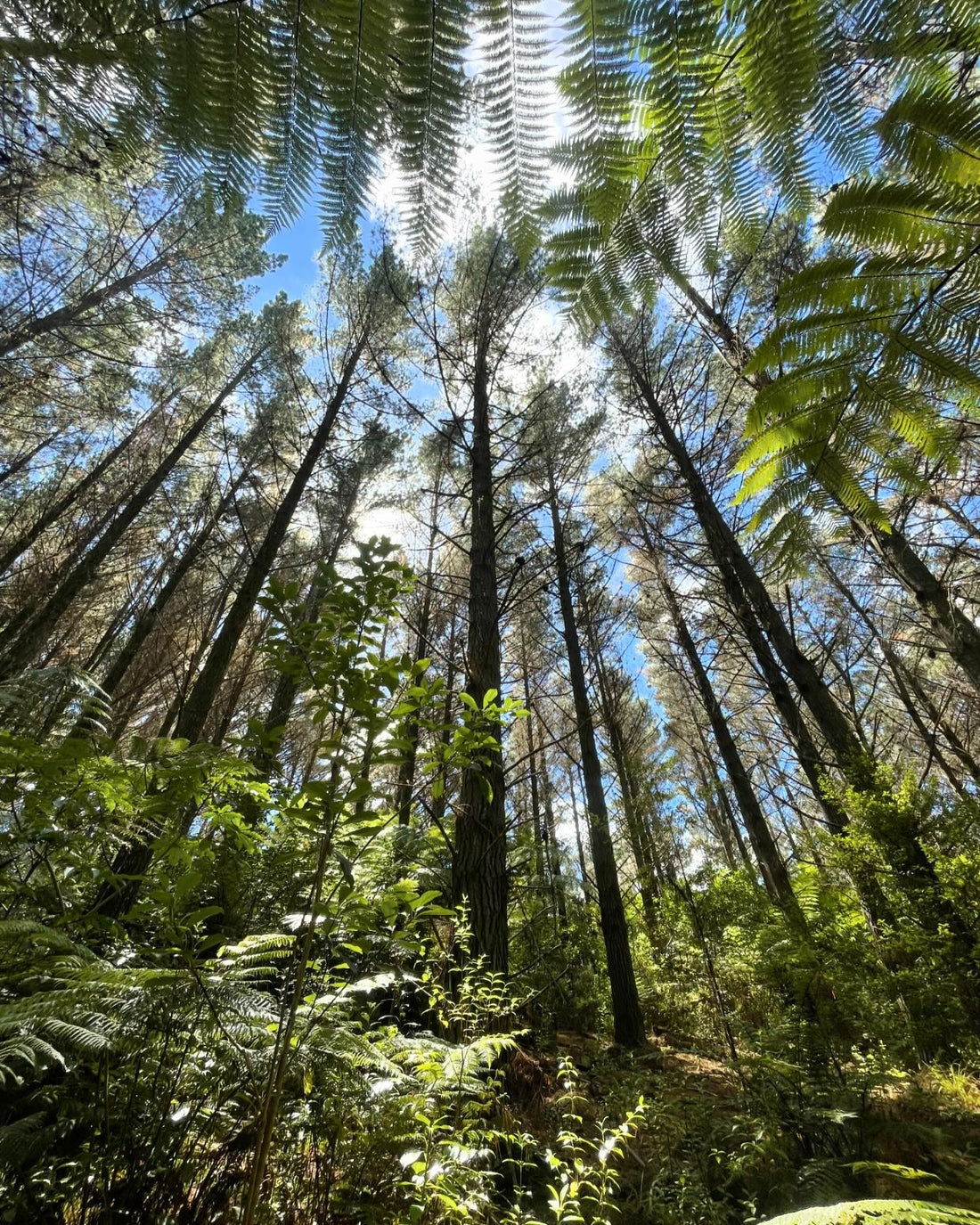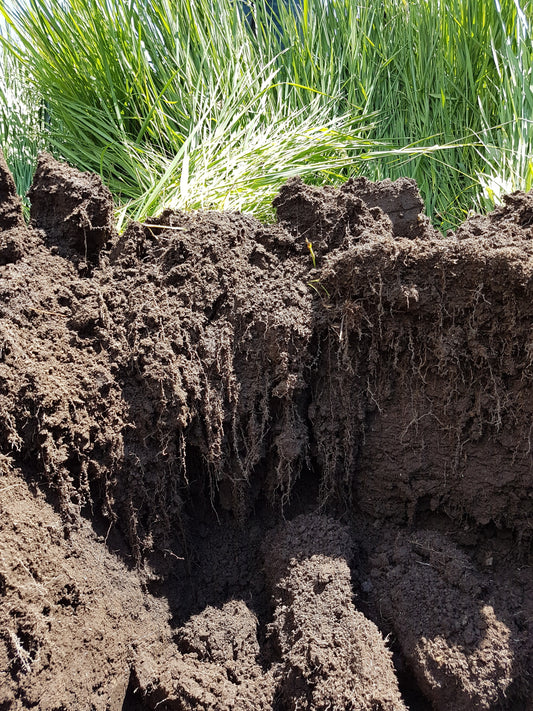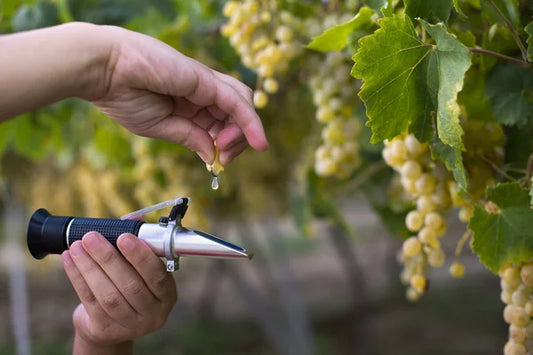The Sounds of Life
I’ve often wondered what the soundscape of a healthy soil might be. Listening to the land is as old as the first humans, we do it through our feet, hands, heart and ears.
Having dived many times on the Barrier Reef, and spent luscious hours dreaming in thriving rainforests, the aliveness in these environments tickles all the senses. When Europeans first arrived to New Zealand it was told that the bird sound was so loud, that sailors left the shore with tinnitus ringing in their ears.
The American bison herds created such a crescendo that their calls and movement earned them the nickname the “Thunder of the Plains.” I conjure a visual of their foray onto new grass like a wave breaking upon the land, throwing up the bodies of microbes, insects and birds in their wake. The aging of your eardrums is not the only reason to suspect that the natural world is slipping into a whisper. Human behavior has impacted the vibrant songs heard throughout the prairies, forests, soil, air, and ocean.
Sound pervades every ecosystem around the world, and the benefits of sound are profound, not just for human health and well-being, but for our life support systems. New research in the Caribbean is illuminating the vital role of sound in ocean health. Scientists observed a remarkable 1.7 to 7 times increase in the rate of new coral larvae settlement in degraded reef ecosystems by broadcasting the sounds of a healthy reef.
The growing fascination with holistic soundscapes, also known as ecoacoustics, has led to the establishment of a dedicated department for Soundscape Ecology at Purdue University. Through recording and analyzing the myriad sounds within an ecosystem—from animal calls, the rustling of leaves, or human-made noises— researchers can now create acoustic fingerprints. These fingerprints, in turn, can predict habitat quality and biodiversity, offering fresh perspectives to evaluate ecosystem health.
Soil truly is alive, with a cacophony of sounds produced by insects, earthworms, and chewing pests. I often imagine the sounds of the soil cityscape, where the cries of microbes being consumed by earthworms and plant roots echo through the earth. Although the link between soil sounds and microbiology is novel in the literature, there is increasing evidence of its importance as an indicator for ecosystem health. You may have seen the recent New Scientist article highlighting the study by Flinders University scientists, who found that playing an 8 kHz tone at a volume of either 70 or 90 decibels boosted fungal growth and activity.They also experimented using Petri dishes containing the fungus Trichoderma harzianum. After five days, the samples exposed to sound had an average of 2.5 million spore cells per ml of culture fluid, while the control samples had just over 540,000.
Warning: although 70 decibels is as loud as most home vacuums, I just tried the 8kHz frequency and my dog leapt up from her slumber looking for the quickest way out of the room. So perhaps try this on your compost piles without your dog.
Sound has had practical applications across ancestral cultures. Many Indigenous cultures have long used natural sounds in storytelling and oral traditions, connecting them to the spiritual world and preserving rich cultural heritages. Songs that mimic the cries of animals in reverence or to hunt, and the deep oral traditions that convey not only the messages in the words but the deep energy of history and lessons that we have learned.
In today's fast-paced world, many people have become increasingly detached from natural sounds. Chronic stress and anxiety induces "fight/flight/freeze" response, affecting our internal resilience and capacity to navigate and recover from challenging situations. It is the vagus nerve that plays a pivotal role in regulating the parasympathetic, or "rest and digest" nervous system. Elevating vagal tone has been associated with a myriad of health advantages, including decreased stress, lower blood pressure, enhanced digestion, improved immune function, and cardiovascular well-being. The simple act of singing, humming, and laughter have emerged as powerful means to boost vagal tone.
Lately, I have been delving deeper into the realm of sound from the perspective of ancestral wisdom. Across most cultures, sound holds practical, healing and spiritual significance. Many indigenous societies employ natural sounds in their storytelling and oral traditions, establishing connections to the spiritual realm and safeguarding lessons and cultural legacies for future generations.
In January I had the honor to keynote at the EcoFarm conference in California. After hearing a speaker say, “issues like climate change, yadda yah.” I asked myself, are we really entering a new era of ecological and life support system collapse that engenders a blasé response? I see people who are becoming so overwhelmed by the complexity of the issues facing us that despair and apathy is becoming an accepted protection mechanism.
In times of deep sorrow, many of our ancestors turned to keening or wailing to move through the intense emotions of loss. And truly, it is an overwhelming loss we are facing. But face it we must, otherwise we risk dragging our trauma and fear into the next stage of creation and decision-making, never grieving, never feeling, and creating even more disjointed wounded solutions. Keening has been used for centuries as a powerful cathartic ritual, allowing mourners to express their pain and sorrow openly, and helps us to find a deep solace in communal mourning.
Knowing the EcoFarm crowd with their deep ecological and organic roots, I dared to take a risk. With my buddy Josie Erskine, from Peaceful Belly Farm (www.peacefulbelly.com), with 650 passionate and powerful people, we sang. Together we keened and lamented our grief, encompassing war, wildfires, deteriorating reefs, pollution, nanoplastics, declining insects, frogs and fish populations, to the silencing of soil. If you have ever been present to a wail, you know the depths it can move every cell in your body, connecting you to something much more primordial and alive. Sadly, many of you may not have had this experience, as keening and wailing traditions have been erased from many cultures through shame, punishment and the prohibition of traditional customs by colonial and religious influences.
It was certainly an event that needed to be experienced in person. I am so grateful to Josie for the incredible space she fostered, despite being interrupted by a protester rushing the stage- a new experience for me too! The edited presentation will be shared on the Ecofarm Channel in the next week or so. https://www.youtube.com/@EcoFarmVideo
My invitation to you is this; where can you bring more natural sounds into your life, from song, humming or drumming? If this is a step too far, try singing to the land where only the microbes, birds and cattle can hear you! How can you foster the conditions that attract more songbirds and bees, and enhance the conditions for a soil where not only blackbirds can hear the earthworms move, but so can you?
For Josie and I, sounds also include ways we can share our voice with our communities. What does this look like for you, where can you pollinate and inoculate your communities by sharing your voice? How can we all foster a deeper appreciation and understanding of the delicate soundscapes that are whispering for us to let them in?
References
https://www.laphamsquarterly.
https://www.frontiersin.org/
https://canadiangeographic.ca/
https://theconversation.com/
https://www.radioart.com/




